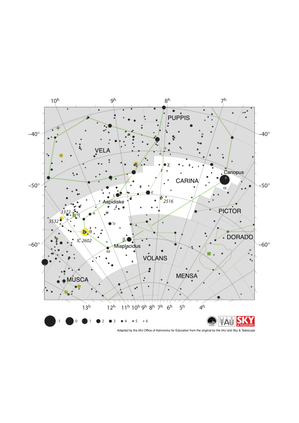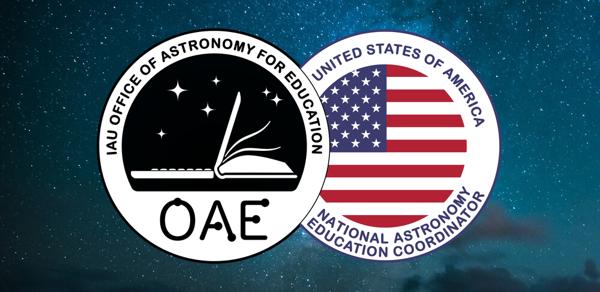Glossary term: 双星
Description: 双星是由两颗恒星组成的系统,它们在引力的作用下围绕共同的质心运行。它们的轨道遵循开普勒运动定律,呈椭圆形(形状像一个压扁的圆)或圆形。
银河系中一半以上的恒星要么属于双星系统,要么是有一颗以上伴星的系统(称为高阶多星系统)的一部分。由于与地球距离遥远,大多数双星和高阶多星系统在观测者看来都是单颗恒星。
根据发现双星所用的观测方法,双星可以分为如下几类,它们可能同时属于多个类别:
目视双星是直接观测即可分辨的两颗靠近的独立恒星。并不是所有看起来在天空中离得很近的两颗恒星都是受引力约束的双星,有些可能只是出于巧合在天空中看起来很近,但并不受引力约束。不受引力约束的双星可能相距数百光年。
光谱双星是由于恒星围绕它们共同的质心运行时,恒星光谱中的谱线发生了多普勒频移而被发现的。
食双星是其中一颗恒星从它的伴星和观测者之间穿过时,挡了住来自伴星的部分光线,使系统的组合光线看起来短暂变暗而被探测到的。
天体测量双星是指只能观测到一个恒星图像的系统——可能是由于其中一颗恒星太暗而无法观测到,也可能是由于两颗恒星的图像被混合在一起——但双星系统中恒星的轨道运动会导致恒星图像中最亮的点在天空中的位置发生周期性变化。
Related Terms:
See this term in other languages
Term and definition status: The original definition of this term in English have been approved by a research astronomer and a teacher The translation of this term and its definition is still awaiting approval
The OAE Multilingual Glossary is a project of the IAU Office of Astronomy for Education (OAE) in collaboration with the IAU Office of Astronomy Outreach (OAO). The terms and definitions were chosen, written and reviewed by a collective effort from the OAE, the OAE Centers and Nodes, the OAE National Astronomy Education Coordinators (NAECs) and other volunteers. You can find a full list of credits here. All glossary terms and their definitions are released under a Creative Commons CC BY-4.0 license and should be credited to "IAU OAE".
If you notice a factual or translation error in this glossary term or definition then please get in touch.
Related Diagrams
Carina Constellation Map
Credit: Adapted by the IAU Office of Astronomy for Education from the original by the IAU and Sky & Telescope
License: CC-BY-4.0 Creative Commons 署名 4.0 国际 (CC BY 4.0) icons









